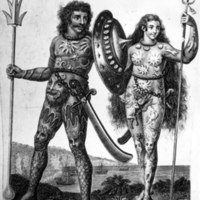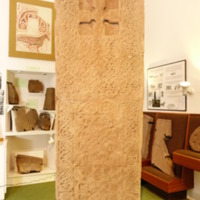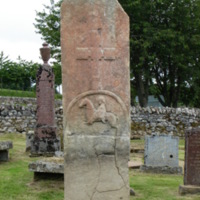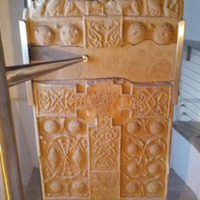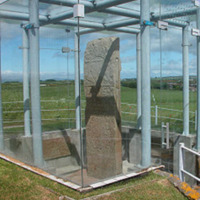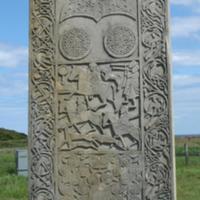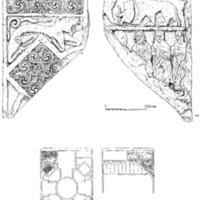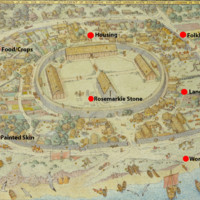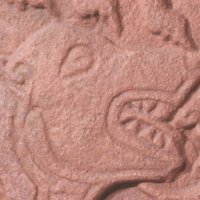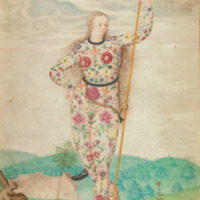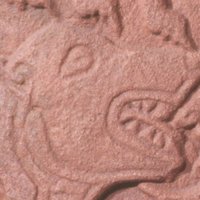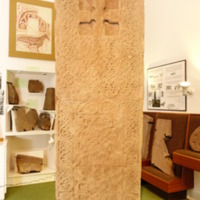Browse Items (1082 total)
Sort by:
Edderton
Location – Edderton, Old Church Yard, Easter Ross, open all year.
A Class 3 cross-slab, now leaning, in the churchyard of the former parish church. On the west face is a Celtic cross, with a broad circle around the intersection; on the east face a…
A Class 3 cross-slab, now leaning, in the churchyard of the former parish church. On the west face is a Celtic cross, with a broad circle around the intersection; on the east face a…
Tags: Pictish Stone
Nigg
Location - Edderton, Old Church Yard, Easter Ross, open all year.
A Class 3 cross-slab, now leaning, in the churchyard of the former parish church. On the west face is a Celtic cross, with a broad circle around the intersection; on the east face a…
A Class 3 cross-slab, now leaning, in the churchyard of the former parish church. On the west face is a Celtic cross, with a broad circle around the intersection; on the east face a…
Tags: Pictish Stone
Shandwick
Location - The Shandwick Stone is still in its original location, and has recently, after restoration work, been enclosed in a glass structure to prevent further erosion.
This impressive Class 2 cross-slab was a landmark for local boats. It is now…
This impressive Class 2 cross-slab was a landmark for local boats. It is now…
Tags: Pictish Stone
Hilton of Cadboll
Location – The original stone is in the Museum of Scotland.
A replica, by Barry Grove, stands on the site at Hilton of Cadboll Chapel.
The Hilton of Cadboll cross-slab (Class 2) once stood outside St Mary’s chapel at Cadboll, the remains of which…
A replica, by Barry Grove, stands on the site at Hilton of Cadboll Chapel.
The Hilton of Cadboll cross-slab (Class 2) once stood outside St Mary’s chapel at Cadboll, the remains of which…
Tags: Pictish Stone
Painted Skin
It is said that the Picts got their name from the Romans, who called them Picti, which is Latin for ‘painted people’. This is thought to refer to the tales of the Picts painting and tattooing their bodies.
Tags: Popup
Housing
Pictish buildings would appear to have varied depending on regional location and building material available.
Evidence of Pictish housing finds them to be of a reasonable size, round or oval shaped with no windows and a central hearth. Access to…
Tags: Popup
Folk Lore
David MacRitchie, a Scottish folklorist (1851-1925), argued that fairies were based on a real diminutive or pygmy-statured population that lived in Scotland during the late Stone Age:
"Postulations based on the premise that fairies constitute a folk…
Tags: Popup
Language
The Picts spoke a Brittonic language, similar to Welsh or Cornish.
In the first millennium BC, the common root of the native languages spoken across the British Isles was Celtic. But these languages evolved with time. In Ireland and the far west of…
Tags: Popup
Food
Archaeological excavations have shown that Pictish settlements contained sheep, cattle and pigs. They also grew crops such as barley and oats. Depictions in the stone carvings show scenes of hunting wild animals and fishing.
Tags: Popup
Rosemarkie Popup
The original location of the Rosemarkie Stone was most likely within a Pictish settlement or monastery, it later was used as a floor slab in Rosemarkie Church and also stood in the Churchyard, before being moved and preserved within Groam House…
Tags: Popup

